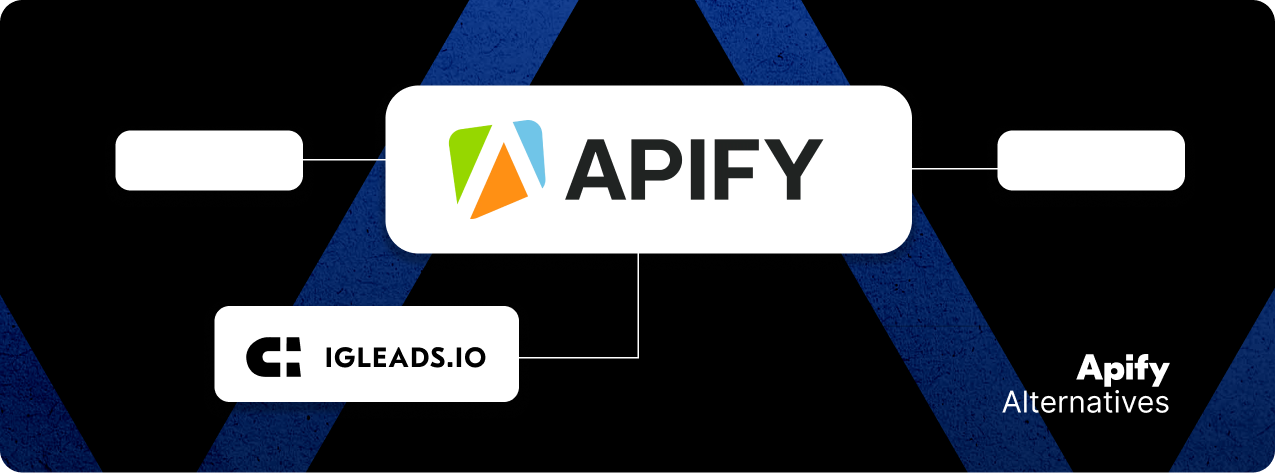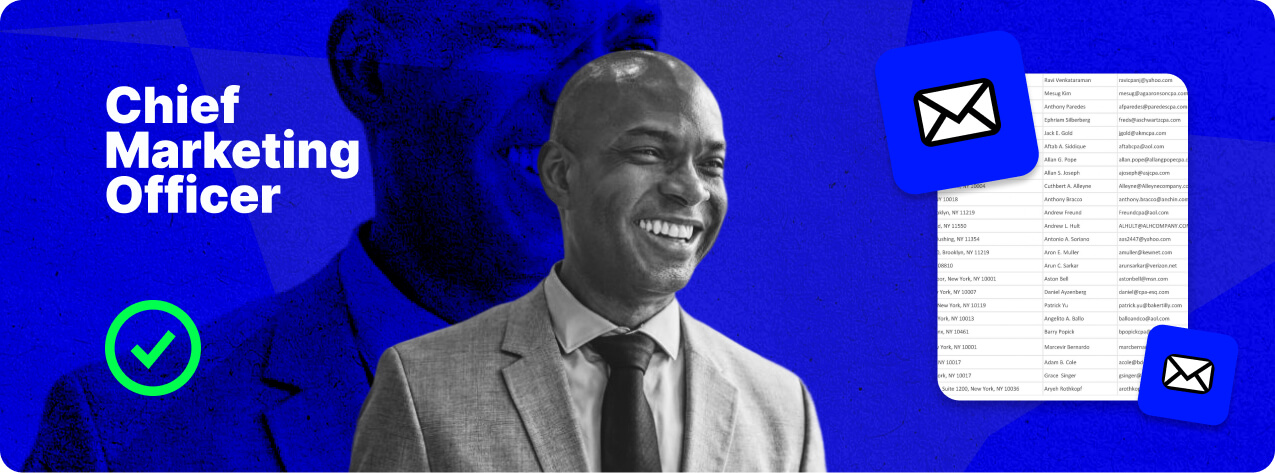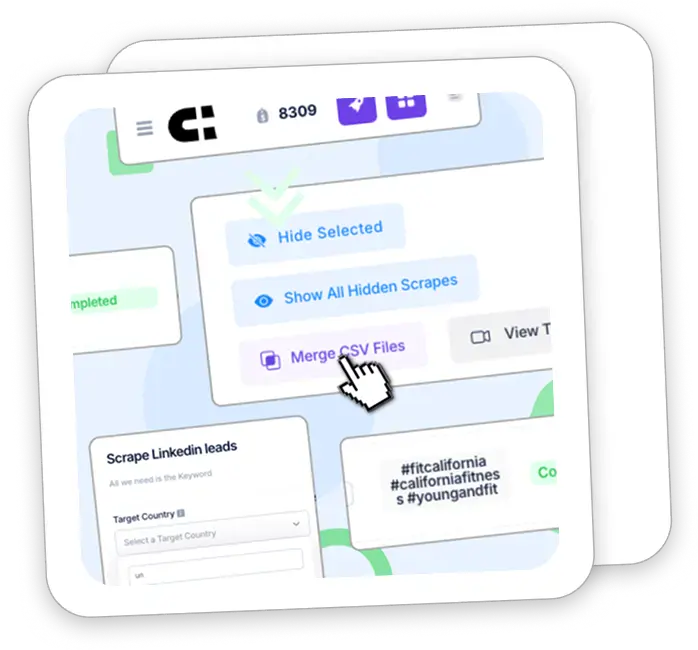Businesses Without Websites | Get The List Now
Surprisingly, not every business has a website in our digital age. Many local businesses thrive without an online presence. These hidden gems rely on community support and traditional methods to reach customers.
In 2023, 29% of businesses operate without a website. These companies find success through alternative strategies and local connections. Let’s explore how offline businesses flourish in our online world.
Key Takeaways
- 29% of businesses operate without a website in 2023
- Local businesses can thrive through strong community relationships
- Offline companies often rely on traditional marketing methods
- Hidden gems in various industries succeed without online presence
- Community support plays a crucial role for businesses without websites
The Digital Landscape: Understanding the Importance of Online Presence
The internet has changed how businesses operate and connect with customers. This digital shift has reshaped the commercial landscape. An online presence is now crucial for business success.
The Evolution of Business in the Internet Age
Businesses are finding new ways to reach and engage customers online. This shift to digital platforms is vital for growth and staying competitive. Companies that embrace this change are better equipped to meet consumer needs.
Statistics on Internet Usage and Online Consumer Behavior
The numbers show how important the digital landscape is:
| Metric | Value |
|---|---|
| Business activity conducted online | 28% |
| Google searches per second | 99,000 |
| Daily Google searches | 8.5 billion |
| Consumers checking businesses online before visiting | 75% |
| Users trusting online reviews as much as personal recommendations | 49% |
The Impact of Websites on Business Credibility
A website greatly affects how credible a business appears. Users form opinions about a company’s online presence in just 0.05 seconds. This quick judgment shows how crucial websites are in building trust.
“In the digital age, your website is often the first impression you make on a potential customer. It’s not just about having an online presence; it’s about crafting a digital experience that reflects your brand’s values and meets your customers’ needs.”
Online consumer behavior keeps changing. Businesses must update their strategies to stay relevant in the digital world. This helps them remain competitive and meet customer needs effectively.
Why Some Businesses Still Operate Without Websites
Surprisingly, some businesses thrive without websites in our digital world. They rely on offline strategies and traditional marketing. Let’s explore why they make this choice.
Many small businesses think they’re too tiny for a website. Some believe online presence is too costly. These views lead to reliance on word-of-mouth and local reputation.
Local focus drives this decision for many companies. They build strong community ties and personal relationships. This works well for local service providers, niche artisans, and traditional stores.
These businesses value face-to-face interactions over digital outreach. They use their physical presence to build customer trust and loyalty.
- Local service providers
- Niche artisans and craftsmen
- Traditional brick-and-mortar stores
“Our success comes from knowing our customers personally and being part of the community. A website can’t replace that connection.”
Some businesses still find success with traditional marketing methods. Print ads, local events, and direct mail remain effective tools. These strategies help them reach their target audience effectively.
| Offline Strategy | Benefit |
|---|---|
| Word-of-mouth referrals | High trust factor |
| Local community events | Direct customer engagement |
| Print advertising | Reaches specific local demographics |
These businesses show success is possible without websites. They focus on local markets and traditional approaches. This unique path carves out their place in the business world.
Common Industries Where Businesses Without Websites Thrive
Some businesses thrive without websites in today’s digital age. They rely on traditional methods and personal connections. Let’s explore sectors where offline businesses succeed.
Local Service Providers
Many local services operate successfully without websites. Plumbers, electricians, and handymen often rely on word-of-mouth referrals. They build trust through personal interactions and reliable service.
Niche Artisans and Craftsmen
Artisanal businesses often depend on in-person sales and exhibitions. Potters, woodworkers, and jewelry makers showcase their creations at craft fairs and markets. They build loyal customers through direct interactions and hands-on product experiences.
Traditional Brick-and-Mortar Stores
Small-town shops often flourish without websites. They leverage their local reputation and long-standing customer relationships. Neighborhood bakeries, family-owned hardware stores, and local bookshops create unique experiences for customers.
| Industry | Key Success Factors | Primary Marketing Methods |
|---|---|---|
| Local Services | Personal relationships, reliability | Word-of-mouth, local advertising |
| Artisanal Businesses | Unique products, craft skills | Craft fairs, markets, galleries |
| Small-town Shops | Community ties, personalized service | Local events, loyal customer base |
These industries show success without websites. However, an online presence can offer growth opportunities. As consumer habits change, traditional businesses may benefit from digital strategies.
The Pros and Cons of Not Having a Website for Your Business
Having no website can greatly impact your business. Let’s look at the upsides and downsides of this choice.
Not having a website can reduce costs. You save on hosting, design, and updates. This frees up money for other business needs.
Face-to-face interactions often build stronger customer bonds. This personal touch can set you apart from online rivals.
However, digital marketing challenges are big. Without a website, you reach fewer customers. Today, 82% of consumers seek brands sharing their values.
| Pros | Th>Cons |
|---|---|
| Lower operational costs | Limited customer reach |
| Focus on personal relationships | Missing out on e-commerce growth |
| Less tech-related stress | Reduced brand visibility |
E-commerce is set to hit $8 trillion by 2027. By 2040, 95% of purchases may be online. No website means missing this huge growth chance.
While offline business has some perks, digital challenges are big. Not having a website limits reach in today’s connected world.
Alternative Online Presence Strategies for Businesses Without Websites
Businesses can thrive online without a website. Many effective strategies exist for building a strong digital footprint. Let’s explore some powerful options for companies.
Leveraging Social Media Platforms
Social media offers a powerful way to connect with customers. Facebook and Instagram have billions of users worldwide. These platforms let businesses showcase products and engage with their audience.
Companies can create compelling content to attract customers. Targeted ads help reach ideal audiences without a traditional website.
Utilizing Online Directories and Review Sites
Online directories and review sites are crucial for business discovery. Most consumers check businesses online before visiting. Claiming profiles on Google My Business and Yelp boosts visibility.
Encouraging customer reviews builds trust and credibility. This strategy helps businesses stand out in crowded markets.
Exploring E-commerce Marketplaces
E-commerce platforms are great for selling products without a website. Amazon gets a significant portion of all desktop traffic. These marketplaces offer built-in audiences and secure payment systems.
Many platforms handle shipping and customer service. This allows businesses to focus on product quality and marketing.
| Platform | Users/Traffic | Key Benefit |
|---|---|---|
| 3.03 billion users | Wide reach, targeted advertising | |
| 2 billion users | Visual branding, influencer marketing | |
| Amazon | 13% desktop traffic | Large customer base, fulfillment services |
Combining these strategies creates a strong online presence without a website. This approach offers flexibility and cost-effectiveness. It helps reach customers where they spend time online.
Businesses Without Websites: Success Stories and Case Studies
Some local enterprises thrive offline by focusing on personal connections and community engagement. These companies prove that a strong local presence can outshine an online storefront. Community-focused businesses create unique experiences that digital platforms can’t match.
“The Corner Bookshop” is a beloved fixture in a small Midwestern town. They host regular author readings and book clubs. This creates a vibrant community hub that online retailers can’t replicate.
Their success comes from fostering face-to-face interactions. They also curate a unique in-store experience. This approach has won them loyal customers who value personal connections.
“Green Thumb Nursery” is another offline success story. This family-owned plant shop thrives by offering personalized gardening advice. They also host hands-on workshops for their customers.
Their commitment to customer education has earned them a devoted following. Local gardening enthusiasts appreciate the hands-on support and expertise they provide.
“Our customers come for the plants but stay for the community. We’re not just selling products; we’re nurturing relationships,” says Sarah Green, owner of Green Thumb Nursery.
These case studies show how offline businesses can use their local presence effectively. They create lasting customer relationships through exceptional service. Their community involvement helps them stand out from online competitors.
| Business | Key Success Factor | Community Impact |
|---|---|---|
| The Corner Bookshop | Author events and book clubs | Cultural hub for literature lovers |
| Green Thumb Nursery | Personalized advice and workshops | Education center for gardening enthusiasts |
These stories show that businesses can thrive without a website. Creative approaches and strong local focus are key. Emphasizing unique in-person experiences helps these enterprises succeed in the digital era.
The Future of Business: Will Websites Become Obsolete?
Digital trends are reshaping business, making some question website relevance. Voice assistants and smart devices are changing e-commerce and online platforms. These changes spark debates about the future of traditional websites.
Voice technology is becoming more popular. Over a third of U.S. residents now use voice assistants. The average household has seven smart devices, changing how people use technology.
Websites still play a key role in business success. E-commerce sales are growing much faster than in-store purchases. This shows that online platforms remain important.
“The future of business lies in omnichannel marketing, blending digital and physical experiences to meet evolving consumer needs.”
Businesses must adapt to digital trends while keeping a strong online presence. Websites are central hubs for information, sales, and customer engagement. They work with other digital channels to support business growth.
Websites will likely change rather than disappear. They’ll use new technologies and adjust to consumer behaviors. Websites will remain essential tools for companies in the digital world.
How to Compete with Online Businesses When You Don’t Have a Website
Businesses without websites can still thrive by focusing on unique strengths. Let’s explore effective strategies to stay competitive in the market.
Building Strong Local Relationships
Local marketing is key for offline businesses. Foster community connections to create a loyal customer base. Participate in local events and sponsor community activities.
Collaborate with nearby businesses to increase visibility and build trust. These actions can help you stand out in your local area.
Focusing on Exceptional Customer Service
Outstanding service is crucial for customer loyalty. Train your staff to provide personalized attention and resolve issues promptly. This approach can set you apart from online competitors.
| Customer Service Strategy | Impact on Business |
|---|---|
| Personalized Attention | Increased Customer Satisfaction |
| Quick Issue Resolution | Higher Customer Retention |
| Proactive Communication | Improved Brand Reputation |
Creating Unique In-Person Experiences
Experiential retail is a powerful tool for brick-and-mortar stores. Offer hands-on product demos, host workshops, or create immersive brand experiences. These unique interactions can’t be replicated online.
“The best customer service is if the customer doesn’t need to call you, doesn’t need to talk to you. It just works.” – Jeff Bezos
By using these strategies, businesses can compete effectively without websites. They can leverage their physical presence to build lasting customer relationships.
Steps to Take When Considering a Website for Your Business
A business website is essential for your digital presence. Let’s explore key steps for this important online strategy.
Start by assessing your business goals. What do you want your website to achieve? Your objectives will guide the design and functionality.
Determine your budget for the project. Consider both initial setup and ongoing maintenance costs. A well-designed website is an investment in your business’s future.
Know your target audience. This knowledge shapes your website’s content and design. It’s crucial for an effective online strategy.
- Research platforms: WordPress powers over 40% of all websites, making it a popular choice for beginners.
- Focus on mobile optimization: With most internet users accessing the web via mobile devices, ensure your site is mobile-friendly.
- Plan for lead generation: A well-crafted website can significantly increase your sales-ready leads at a lower cost.
Think about hiring a professional web developer. They can bring your vision to life effectively. They’ll ensure your site is secure, fast, and optimized for search engines.
Following these steps will help establish your strong digital presence. Your business will be ready to thrive online.
Conclusion: Navigating the Digital Divide in Modern Business
The business world is evolving rapidly, with digital adaptation becoming crucial. With 5.3 billion people online, companies must rethink their strategies. Some thrive without websites, while others fully embrace digital platforms.
E-commerce is booming, expected to reach $8 trillion by 2027. Yet, 29% of businesses still operate without websites. This shows there’s no universal approach to business growth.
Understanding your customers is vital for success. Knowing market trends helps guide your digital strategy. The key is finding the right online-offline balance for your business.
Flexibility and adaptability are essential for thriving in today’s market. Each company must chart its own course through the digital landscape. Success lies in tailoring your approach to your unique business needs.
FAQ
What percentage of businesses have a website?
In 2023, 71% of businesses have a website. This means 29% of businesses don’t have an online presence.
How many internet users are there worldwide?
There are 5.3 billion internet users worldwide. This represents 65.7% of the global population.
What percentage of business activity is conducted online?
The internet has changed how businesses operate. Now, 28% of all business activity happens online.
Why do some small businesses feel they don’t need a website?
35% of small businesses without websites think they’re too small. Another 30% believe setting up a website costs too much.
What industries often thrive without websites?
Local services, niche artisans, and traditional stores often do well without websites. They focus on personal connections and community presence.
What are the pros of not having a website?
Not having a website can mean lower costs. It also allows businesses to focus on personal customer relationships.
What are the cons of not having a website?
Without a website, businesses have limited reach. They miss out on 82% of consumers who want to connect with brands.
These businesses also can’t tap into the growing e-commerce market. This market is expected to hit $8 trillion by 2027.
How can businesses without websites establish an online presence?
Businesses can use social media like Facebook and Instagram. They can also list themselves on online directories and review sites.
Another option is to sell on e-commerce marketplaces like Amazon.
What factors contribute to the success of businesses without websites?
Success stories often involve great customer service. Strong community ties and unique in-person experiences also help.
Will websites become obsolete in the future?
Websites will likely remain important for a long time. E-commerce sales are growing 10.1% yearly, compared to 2% for in-store sales.
However, voice assistants and smart devices might change how we use the internet in the future.
Source Links
- Top Website Statistics For 2024 – https://www.forbes.com/advisor/business/software/website-statistics/
- The Ultimate List of Online Business Statistics (2024) – https://wpforms.com/the-ultimate-list-of-online-business-statistics/
- Council Post: Why Every Business Needs A Website – https://www.forbes.com/councils/theyec/2020/02/03/why-every-business-needs-a-website/



